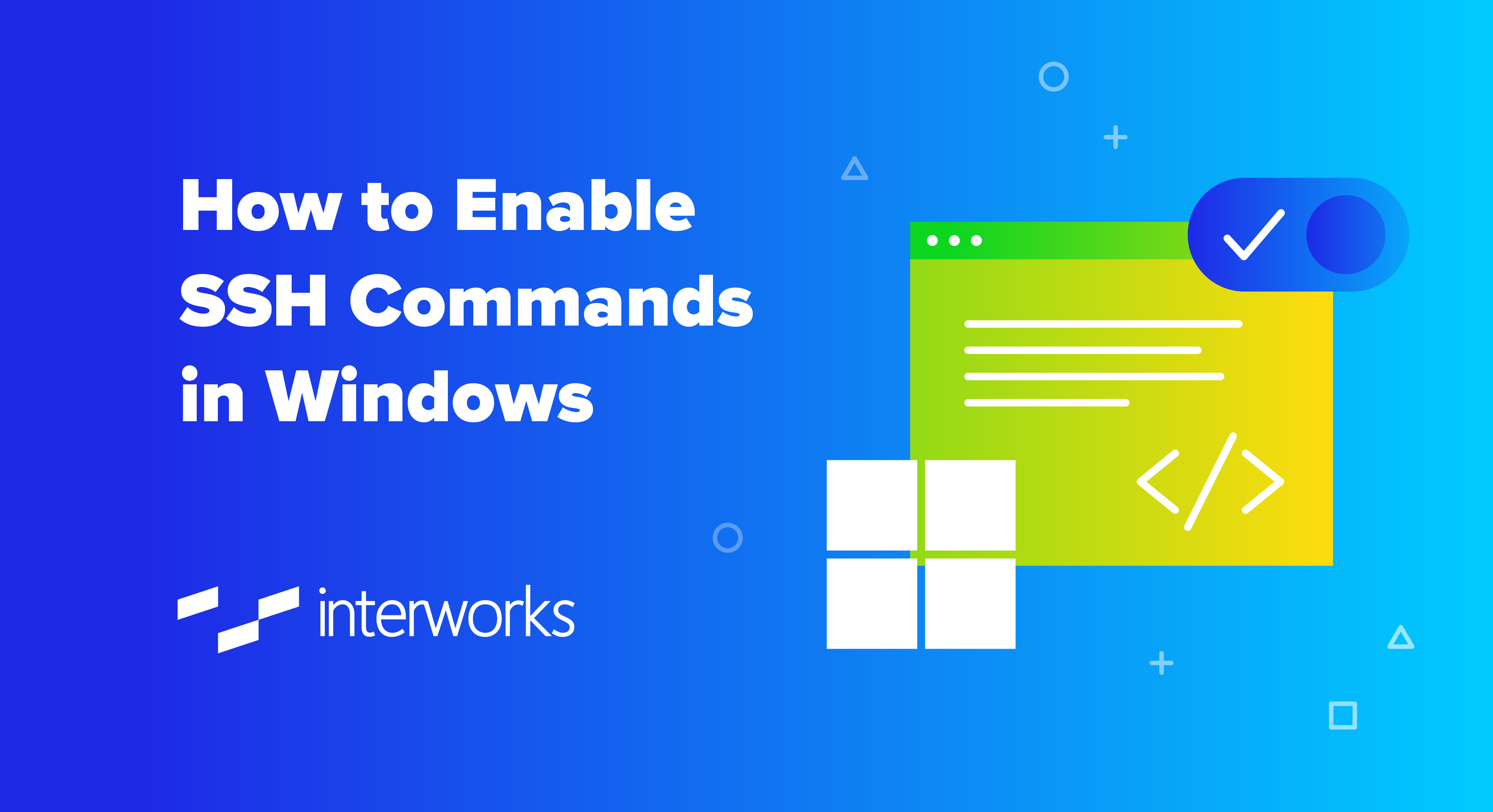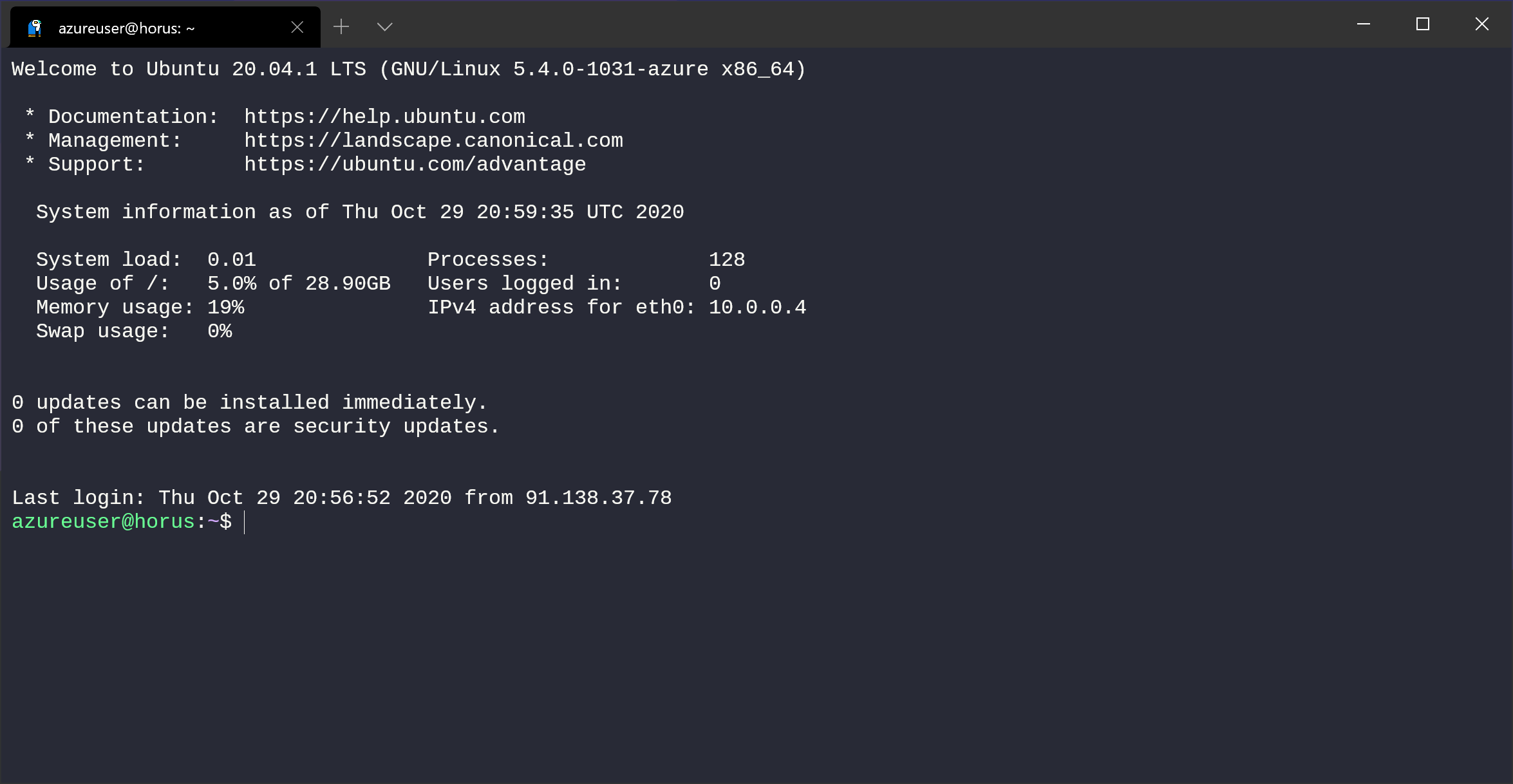Hey there, tech enthusiasts! If you're diving into the world of remote access, cloud computing, and secure connections, you've come to the right place. RemoteIoT VPC SSH download for Windows 10 is a game-changer for anyone looking to access their IoT devices or cloud-based services securely from anywhere in the world. Let's get the ball rolling and explore why this setup is a must-have in your tech arsenal.
Now, let's be real. The digital landscape is evolving at lightning speed, and staying ahead of the curve is crucial. Whether you're a developer, a hobbyist, or a business owner, understanding how RemoteIoT VPC SSH works on Windows 10 can significantly enhance your workflow. This isn't just about accessing your devices remotely; it's about doing it safely, efficiently, and with minimal hassle.
Before we dive deep, let's set the stage. Imagine being able to connect to your IoT devices, manage your cloud infrastructure, or even troubleshoot issues from the comfort of your home or office. Sounds cool, right? Well, that's exactly what RemoteIoT VPC SSH brings to the table. Let's break it down and see how you can harness its full potential.
- Bollyflix Bengali Your Ultimate Guide To The World Of Bangla Cinema
- Emma Anthurin The Rising Star Whos Turning Heads Worldwide
What Exactly is RemoteIoT VPC SSH?
Alright, let's start with the basics. RemoteIoT VPC SSH is a powerful tool that allows you to establish a secure connection between your Windows 10 machine and your IoT devices or cloud-based services. It's like having a private tunnel that keeps your data safe from prying eyes while you work remotely.
SSH, or Secure Shell, is a protocol that encrypts your communication, ensuring that your data remains confidential and secure. When you combine this with a Virtual Private Cloud (VPC), you create a robust environment where your devices and services are isolated from the public internet, adding an extra layer of security.
For those of you wondering, RemoteIoT takes this setup to the next level by integrating seamlessly with Windows 10, making it easier than ever to manage your IoT ecosystem from a single platform. This is a game-changer for anyone looking to streamline their workflow and enhance their security posture.
- Ahad Raza Mir Second Wife The Untold Story You Need To Know
- Shilpa Sethi Onlyfans The Ultimate Guide To Her Journey And Content
Why You Need RemoteIoT VPC SSH on Windows 10
So, why should you care about RemoteIoT VPC SSH? Let's break it down into a few key reasons:
- Enhanced Security: With cyber threats on the rise, having a secure connection is more important than ever. RemoteIoT VPC SSH ensures that your data is encrypted and protected from unauthorized access.
- Flexibility: Whether you're working from home, traveling, or just need to access your devices on the go, RemoteIoT VPC SSH gives you the freedom to work from anywhere.
- Efficiency: Streamline your workflow by managing all your IoT devices and cloud services from a single platform. This saves time and increases productivity.
- Scalability: As your IoT ecosystem grows, RemoteIoT VPC SSH can scale with you, ensuring that you have the resources you need to support your expanding network.
These benefits make RemoteIoT VPC SSH an essential tool for anyone serious about remote access and cloud computing.
Getting Started: Downloading RemoteIoT VPC SSH on Windows 10
Now that you know why RemoteIoT VPC SSH is so awesome, let's talk about how to get it up and running on your Windows 10 machine. Here's a step-by-step guide to help you through the process:
Step 1: Prepare Your System
Before you start, make sure your Windows 10 system is up to date. This ensures compatibility and smooth operation. You'll also want to ensure that you have administrative privileges, as you'll need them to install and configure the software.
Step 2: Download the Software
Head over to the official RemoteIoT website and download the latest version of the VPC SSH client for Windows 10. Make sure to verify the download link to ensure you're getting the legitimate software.
Step 3: Installation
Once the download is complete, run the installer and follow the on-screen instructions. The installation process is straightforward, and the setup wizard will guide you through each step.
Step 4: Configuration
After installation, you'll need to configure the settings to match your IoT devices and cloud services. This includes setting up your SSH keys, configuring your VPC, and establishing a secure connection.
With these steps, you'll have RemoteIoT VPC SSH up and running in no time. Let's move on to some advanced tips and tricks to help you get the most out of this powerful tool.
Advanced Configuration Tips
Once you have the basics down, it's time to take things to the next level. Here are a few advanced tips to help you optimize your RemoteIoT VPC SSH setup:
- Use SSH Keys: Instead of relying on passwords, use SSH keys for authentication. This adds an extra layer of security and makes logging in faster and more convenient.
- Set Up Port Forwarding: If you need to access specific services or applications, setting up port forwarding can simplify the process and improve performance.
- Monitor Your Connections: Keep an eye on your SSH connections to ensure that everything is running smoothly. This can help you identify and resolve any issues before they become major problems.
- Automate Tasks: Use scripts and automation tools to streamline repetitive tasks, saving you time and effort in the long run.
These tips will help you get the most out of your RemoteIoT VPC SSH setup and take your remote access capabilities to the next level.
Security Best Practices
Security should always be a top priority when working with remote access tools. Here are some best practices to keep your RemoteIoT VPC SSH setup secure:
- Regularly Update Your Software: Keep your RemoteIoT VPC SSH client and all related software up to date to protect against vulnerabilities.
- Use Strong Passwords: If you're using passwords for authentication, make sure they're strong and unique. Avoid using common words or phrases.
- Limit Access: Restrict access to your SSH server to only those who need it. This minimizes the risk of unauthorized access.
- Enable Two-Factor Authentication: Adding an extra layer of security with two-factor authentication can significantly reduce the risk of unauthorized access.
By following these best practices, you can ensure that your RemoteIoT VPC SSH setup remains secure and reliable.
Common Issues and Troubleshooting
Even the best setups can encounter issues from time to time. Here are some common problems and how to troubleshoot them:
Issue 1: Connection Problems
If you're having trouble connecting to your SSH server, check the following:
- Ensure that your SSH server is running and accessible.
- Verify that your firewall settings allow SSH traffic.
- Check your network configuration to ensure that everything is set up correctly.
Issue 2: Authentication Failures
If you're experiencing authentication failures, try the following:
- Double-check your SSH keys or passwords to ensure they're correct.
- Verify that your user account has the necessary permissions.
- Check the server logs for more information about the issue.
These troubleshooting tips should help you resolve most common issues and keep your RemoteIoT VPC SSH setup running smoothly.
Integrating with Other Tools
RemoteIoT VPC SSH doesn't have to work in isolation. You can integrate it with other tools and services to enhance its functionality. Here are a few ideas:
- Cloud Platforms: Connect your RemoteIoT VPC SSH setup with popular cloud platforms like AWS, Azure, or Google Cloud for seamless integration with your cloud-based services.
- IoT Platforms: Use RemoteIoT VPC SSH to manage your IoT devices and platforms, such as Raspberry Pi or Arduino, from anywhere in the world.
- Monitoring Tools: Integrate with monitoring tools like Nagios or Zabbix to keep an eye on your SSH connections and ensure everything is running smoothly.
These integrations can help you create a powerful ecosystem that meets all your remote access and cloud computing needs.
Conclusion and Next Steps
And there you have it, folks! RemoteIoT VPC SSH download for Windows 10 is a powerful tool that can revolutionize the way you work with IoT devices and cloud-based services. By following the steps outlined in this article, you can set up a secure, efficient, and scalable remote access solution that meets your needs.
Now, it's your turn to take action. Download RemoteIoT VPC SSH, set it up on your Windows 10 machine, and start exploring its capabilities. Don't forget to share your experience in the comments below and let us know how it's working for you. And if you found this article helpful, be sure to check out our other guides and tutorials for more tech tips and tricks.
Table of Contents
Here's a quick reference to the main sections of this article:
- What Exactly is RemoteIoT VPC SSH?
- Why You Need RemoteIoT VPC SSH on Windows 10
- Getting Started: Downloading RemoteIoT VPC SSH on Windows 10
- Advanced Configuration Tips
- Security Best Practices
- Common Issues and Troubleshooting
- Integrating with Other Tools
- Conclusion and Next Steps
Thanks for reading, and happy tinkering!
- Odia Viral Mms The Buzz The Facts And Everything You Need To Know
- Lacykim Leaks The Untold Story Behind The Headlines


